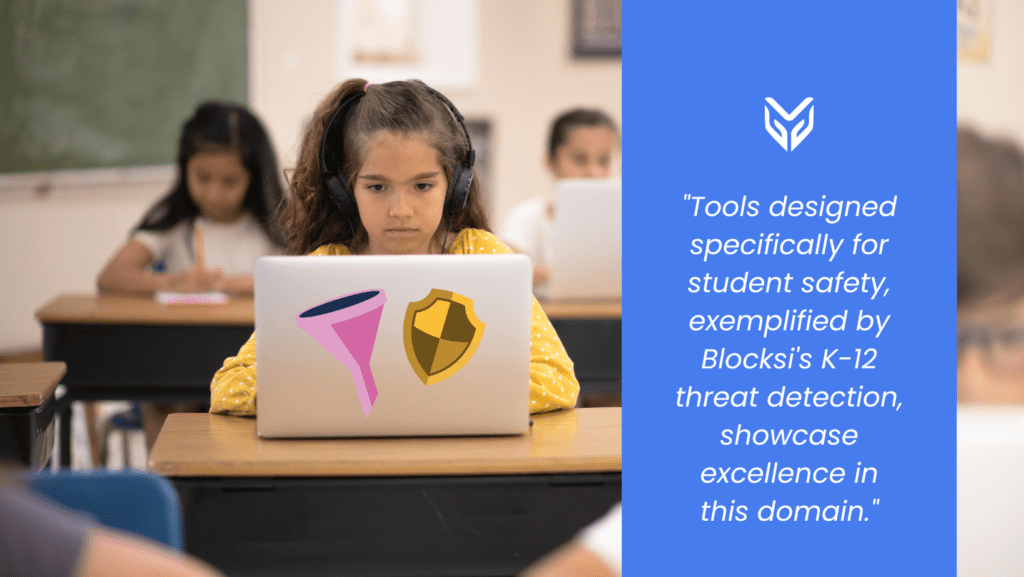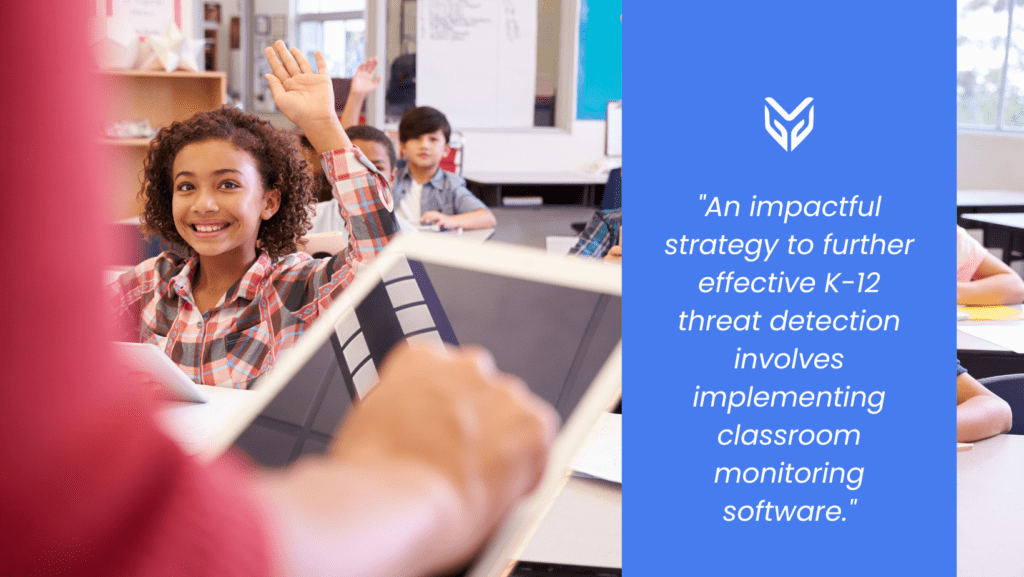NEWS
This Is How To Prevent Cyberbullying in Schools

In an era when students are surrounded by screens most of the time, keeping our schools safe from cyberbullying is a shared responsibility. As educators, we hold a key role in creating an environment where our students can learn and grow without online threats harming their learning and overall well-being. This guide offers practical insights on how to prevent cyberbullying in schools, ensuring the safety of our students.
Recognizing the Signs of Cyberbullying
To effectively address cyberbullying, we must first be attuned to the signs. Students who are victims may show changes in behavior, like withdrawing or avoiding digital devices. Recognizing these cues allows us to intervene early and cultivate a safe school environment. Continue reading more about the 5 most common signs of cyberbullying and how to identify them.
K-12 Threat Detection: Prime Example of Defeating Cyberbullying
Tools designed specifically for student safety, exemplified by Blocksi’s K-12 threat detection, showcase excellence in this domain. These solutions use sophisticated AI technology to scrutinize students’ online engagements, encompassing emails and searches, with the aim of identifying inappropriate content.

Distinguishing itself from regular content filtering, Blocksi’s K-12 threat detection serves as a watchful protector, scanning all school-owned devices. It promptly notifies school authorities if a student tries to access worrying and potentially harmful content. This proactive stance enables educators and administrators to closely supervise students’ online interactions, allowing them to take swift actions to guarantee safety and identify potential threats before any harm transpires.
The Human Element in K-12 Threat Detection for School Safety
Beyond technology, the human touch remains crucial in ensuring overall school safety. K-12 threat detection plays a vital role in identifying potential threats to students’ well-being, and that is why the scanning systems must be backed by human double-checking. After the systems actively scan for signs of school violence, reviewers additionally check potential threats, providing an extra layer of accuracy.
Integrating human awareness into Blocksi’s digital infrastructure ensures real-time alerts for educators. This timely information empowers you to take swift action, collaborating with relevant authorities to prevent harm from coming to your students.
Proactive Measures: Embracing Device Monitoring Software
An impactful strategy to further effective K-12 threat detection involves implementing classroom monitoring software. This proactive approach enables educators to monitor students’ digital activities, identifying potential issues before they escalate. Adopting such tools gives you valuable insights into online interactions, allowing you to address concerns promptly.

Moreover, device monitoring serves as a tool for identifying students engaging in cyberbullying. By detecting inappropriate language or aggressive behavior online, you can intervene early, offering support and counseling to both the victim and the perpetrator. Of course, implementing K-12 threat detection in the first place takes this burden off educators’ backs and ensures any harmful content is automatically detected through the two-factor system.
Fostering Open Communication: A Cornerstone in Cyberbullying Prevention
Preventing cyberbullying goes beyond technology; it requires fostering open communication within our school community. Creating a safe space where students feel comfortable reporting incidents is essential. Building trust and empathy is key to addressing the issue effectively.

Encouraging students to speak up if they witness cyberbullying or if they are victims themselves is crucial. Implementing anonymous reporting mechanisms provides an extra layer of confidentiality, ensuring students feel secure in reporting incidents without fear of judgment.
Regularly Reviewing and Updating Cyberbullying Prevention Policies
To effectively prevent cyberbullying, we at Blocksi regularly review and update prevention policies to ensure up-to-date software and monitoring systems align with the latest technological advancements. This proactive approach equips the school to address emerging challenges in the digital landscape.
Creating Safe Digital Spaces: How To Prevent Cyberbullying in Schools
In conclusion, effectively preventing cyberbullying in K-12 schools requires a human touch combined with technological advancements. Educators assume a crucial role in establishing a protected and stable digital atmosphere for students by integrating technological remedies with preemptive actions, transparent communication, and understanding. To learn more, contact us today and skyrocket your school safety journey.
SOURCES
[1] Current perspectives: the impact of cyberbullying on adolescent health
[2] Cyber Bullying: What to Look For and How to Stop It





